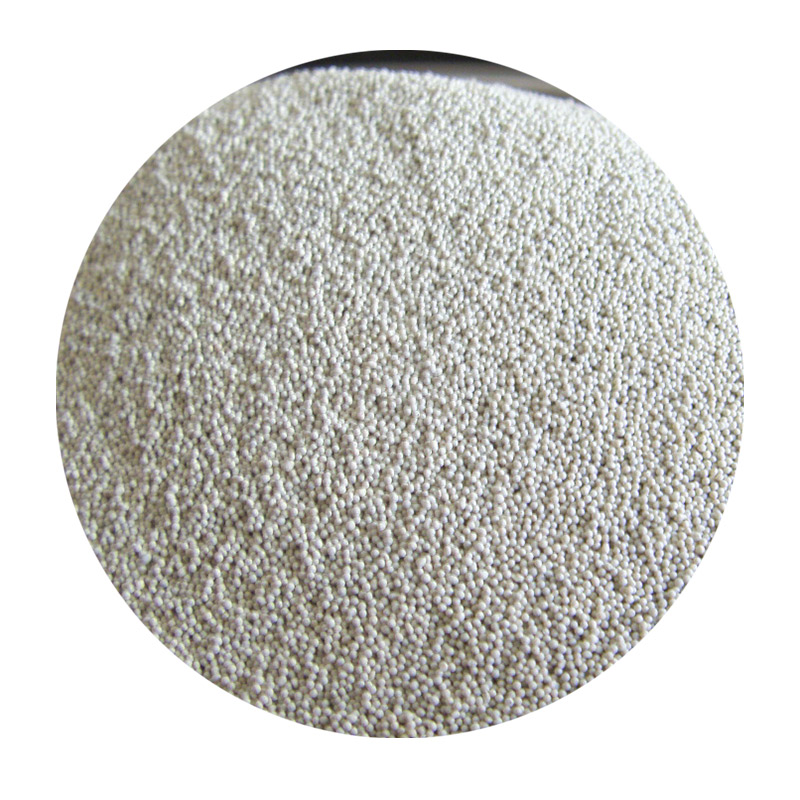The History of Sand Casting When Was It Invented?
Sand casting is one of the oldest metal casting techniques known to mankind, and its origins can be traced back thousands of years. The process, characterized by the use of sand as the primary mold material, has evolved over time, but its basic principles remain unchanged. To understand when sand casting was invented, one must delve deep into the history of metalworking and the innovations that shaped this formidable technique.
Evidence suggests that metal casting practices began around 3000 BC. Archaeological findings, particularly in ancient civilizations such as Mesopotamia and Egypt, indicate that early metallurgists were experimenting with various casting techniques. Initially, they utilized clay molds; however, the use of sand as a mold medium emerged as a more efficient and effective method over time.
The History of Sand Casting When Was It Invented?
As metalworking spread across cultures, sand casting began to see widespread adoption. In the Medieval period, European blacksmiths and metalworkers utilized sand casting for various applications, including artillery and ornamental items. The process became particularly important during the Industrial Revolution in the 18th and 19th centuries when the demand for metal products skyrocketed. Foundries began to establish more standardized practices, refining techniques that improved the quality and consistency of castings.
when was sand casting invented

The significance of sand casting lies in its versatility. This method allows for the creation of complex shapes and large components that would have been challenging to produce using other techniques. The use of sand as a mold material is advantageous because it can withstand high temperatures, is readily available, and is relatively inexpensive. As a result, sand casting became the go-to method for producing everything from engine blocks to intricate sculptures.
In modern times, the sand casting process has been further refined through technological advancements. Various types of sands, including silica and chamotte, are now employed to enhance mold quality. The introduction of computer-aided design (CAD) and 3D printing technologies has also revolutionized the way molds are created, allowing for more precision and reduced lead times.
Despite these advancements, the fundamental principles of sand casting have remained largely the same since its inception. The technique's ability to consistently produce high-quality metal components has ensured its ongoing relevance in industries such as automotive, aerospace, and art.
In conclusion, while the exact date of the invention of sand casting may remain elusive, its roots can be traced back to ancient civilizations where innovation paved the way for modern metallurgy. From the early use of clay molds to the advanced techniques employed today, sand casting has proven to be a resilient and adaptable method, embodying the spirit of human ingenuity throughout history. As we look toward the future, this age-old practice continues to evolve, demonstrating that some techniques, despite their antiquity, still hold significant value in our ever-changing technological landscape.
Post time:Spa . 31, 2024 21:51
Next:Applications and Benefits of Foundry Sand in Various Industries
